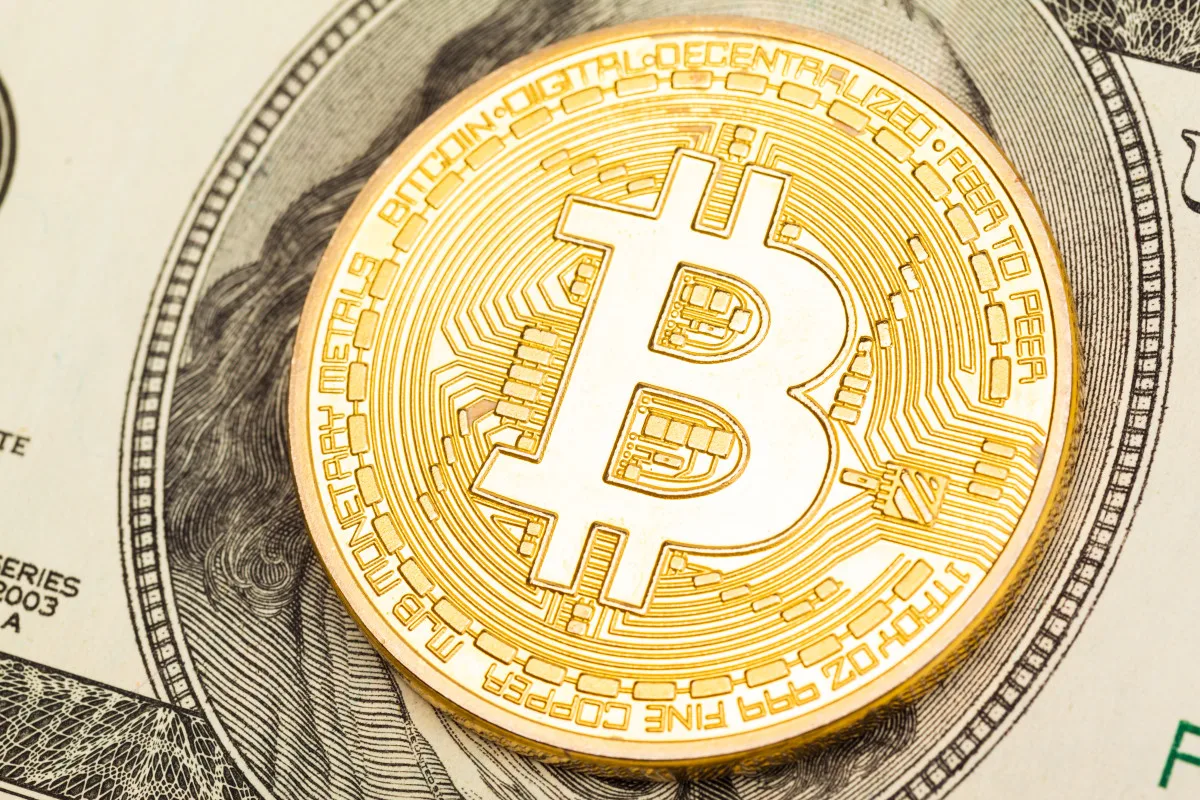LPETTET / Getty Images
Our Promise to Readers
Here at GOBankingRates, we strive to deliver honest and trustworthy information. Our dedicated editorial team uses data-driven methodologies to provide reliable evaluations of financial products and services. Rest assured, our evaluations are free from advertiser influence. Discover more about our editorial process and evaluation criteria.
20 Years
Helping You Live Richer
Trusted by
Millions of Readers
Understanding how different socioeconomic groups, including lower-income individuals and wealthier classes, approach spending and savings can be illuminating. The financial habits of various income levels show significant disparities, and recognizing these differences can guide better decision-making. Despite income inequality, especially under pressure from rising living costs, lower-income groups often engage in spending behaviors that the middle and upper classes generally avoid. Let’s explore seven examples of this.
Purchase of Low-Quality Products
Those with limited financial resources might lean toward purchasing lower-quality goods due to their appealing upfront costs. However, these items often lack durability, leading to repeated purchases and ultimately higher expenses. People with greater financial means typically prioritize quality over quantity, choosing products that last longer and provide more value over time.
Instead of succumbing to fleeting fashion trends, investing in sustainable, versatile clothing can lead to savings. Financial prudence is always in vogue.
Managing High-Interest Debt
Lower-income individuals may rely heavily on high-interest financial solutions like payday loans or credit cards with steep rates. This can result in a cycle of debt that is challenging to escape, unlike those with greater financial literacy who use credit strategically. Such borrowing can be avoided with better financial planning and education.
Lottery Tickets: A Risky Gamble
Despite the allure of winning big, investing in lottery tickets is more common among lower-income groups. This expense, often seen as an easy solution to financial woes, usually results in financial losses rather than substantial gains, ultimately impacting the budget. Redirecting this spending towards savings or debt repayment would be a more constructive approach.
The Cost of Fast Food and Dining Out
Convenience often drives lower-income individuals towards pre-packaged meals or fast food, which can be more costly than home-cooked meals in the long run. Wealthier people, with access to better resources, frequently choose to prepare food at home, which is both healthier and more cost-effective.
Rental Schemes and Pay-Per-Use Services
While initially affordable, rental services for furniture or appliances can end up costing more than purchasing outright, especially when factoring in interest and additional fees. Though such services may seem economically viable for immediate needs, their cumulative expense over time significantly outweighs their initial savings.
Impulse Buying and Emotional Spending
Spontaneous purchases driven by emotional impulses are prevalent among those with less savings. In contrast, individuals with well-managed finances tend to be more deliberate with their spending habits. Avoiding impulse buys and sticking to a budget are crucial strategies for enhancing financial stability.
Neglect of Preventative Maintenance
Skipping routine maintenance due to its upfront cost can lead to costly repairs for household items or vehicles down the line. This is more common among those with lower income, as they may struggle to cover immediate repair costs, ultimately facing expensive replacements or breakdowns.
In conclusion, strategic financial management can help people across all income levels build a more secure future. By understanding and avoiding these common financial pitfalls, individuals can enhance their financial health significantly.
Discover more from Make Money Online and Work From Anywhere
Subscribe to get the latest posts sent to your email.




